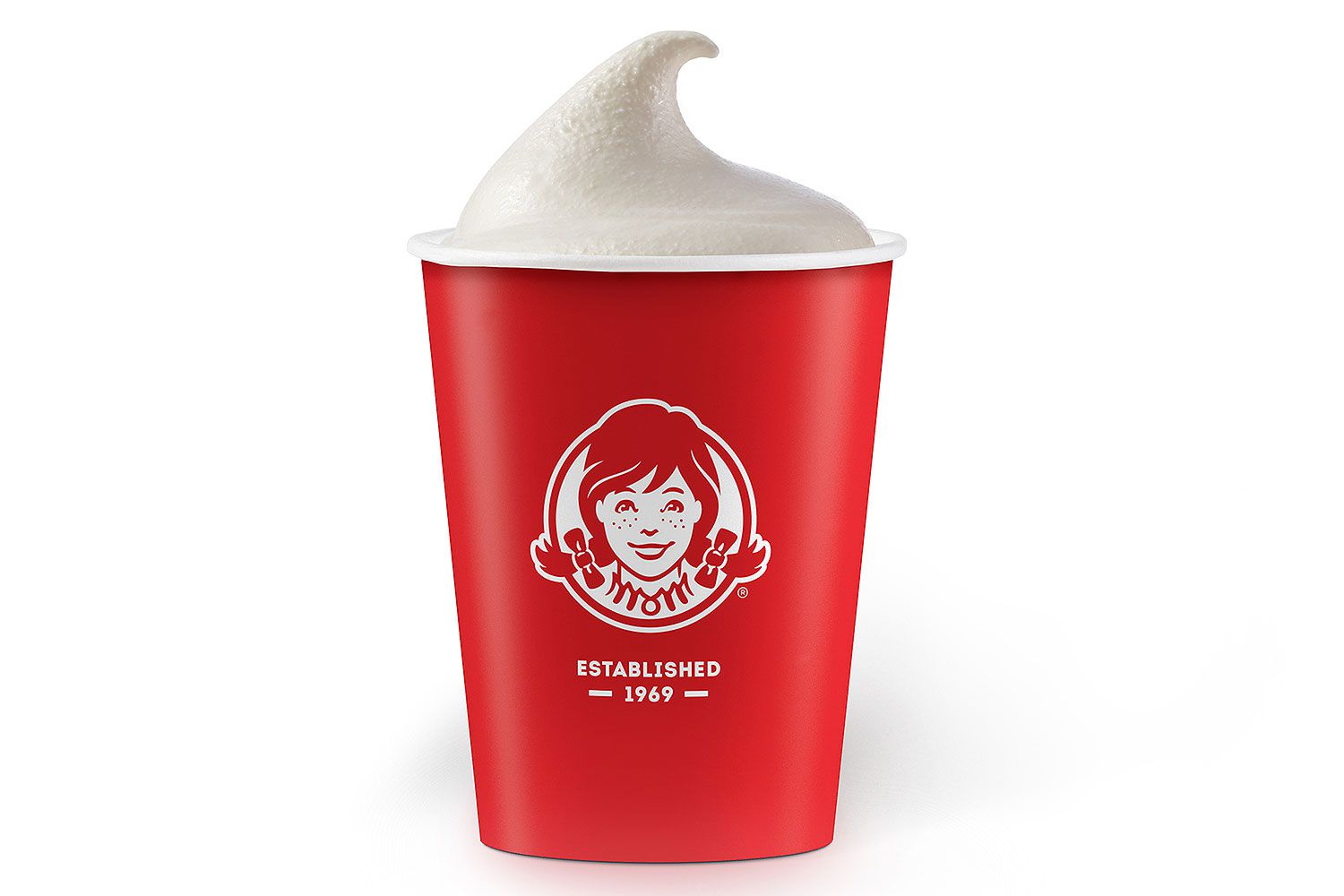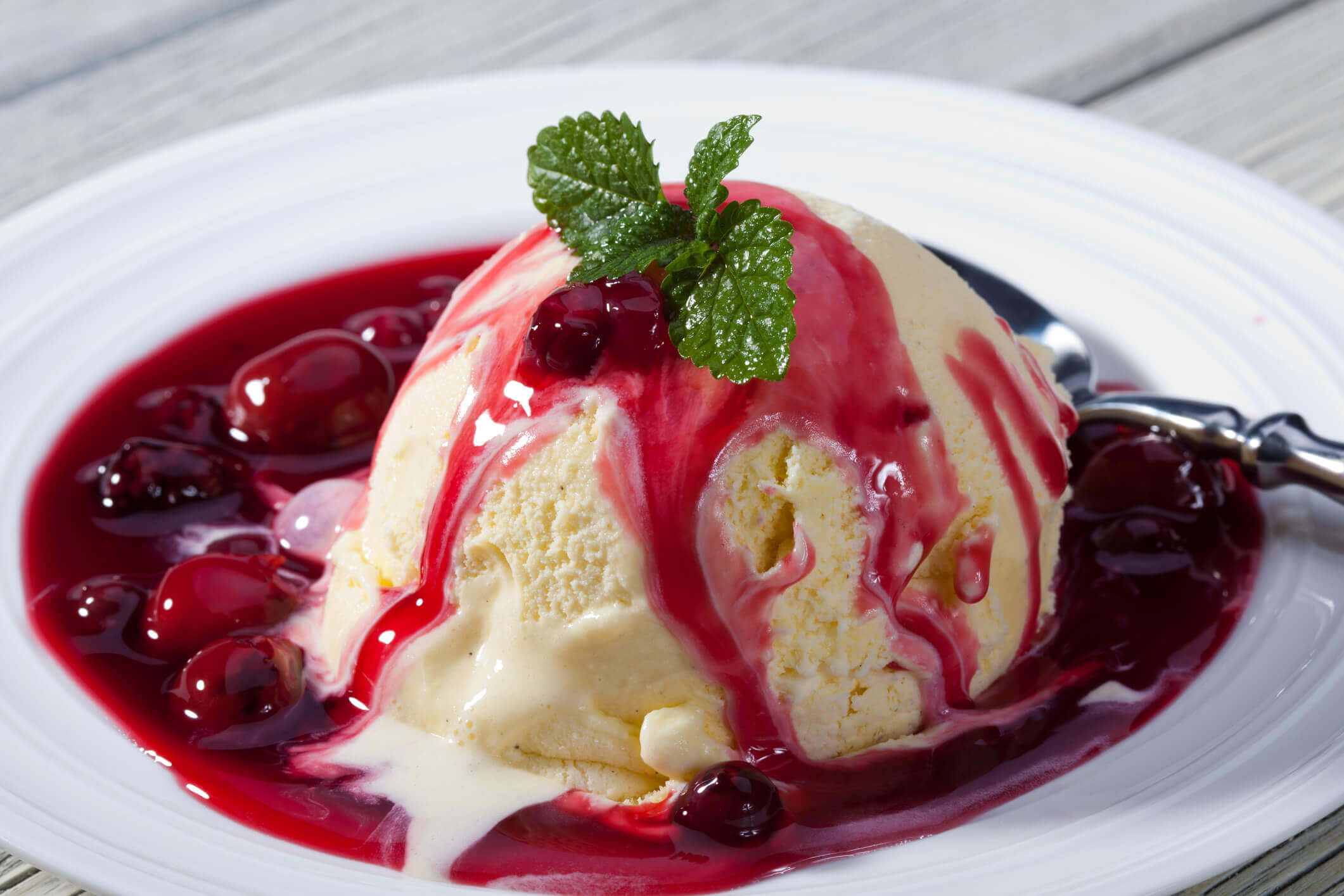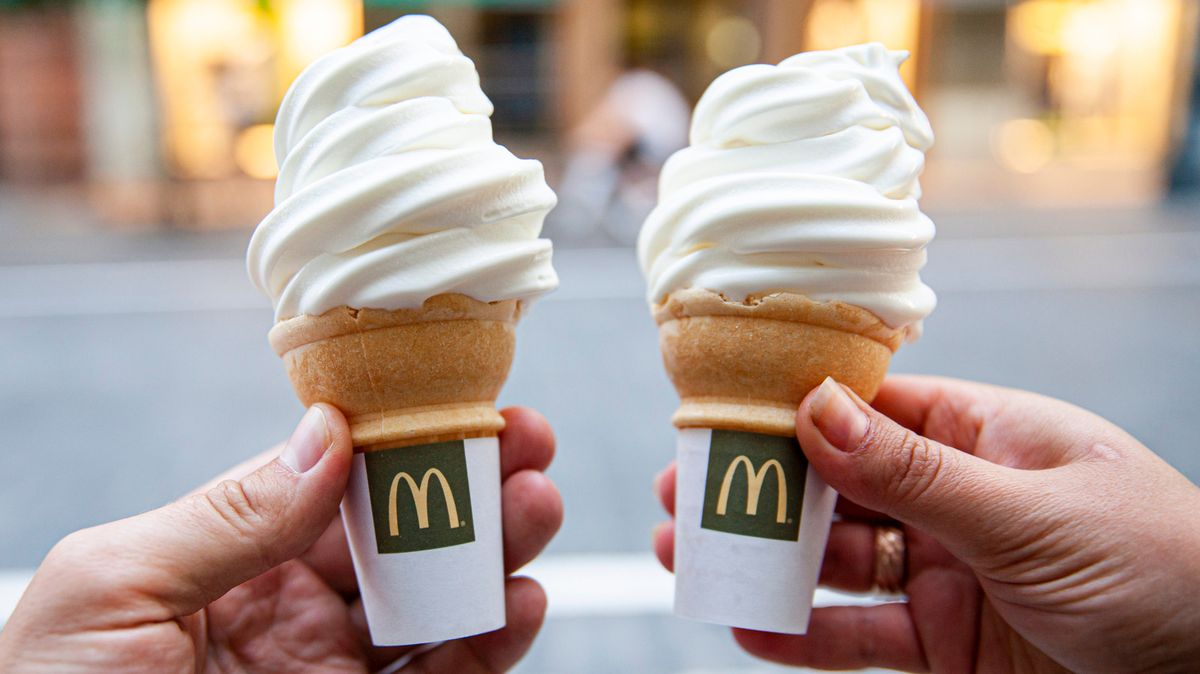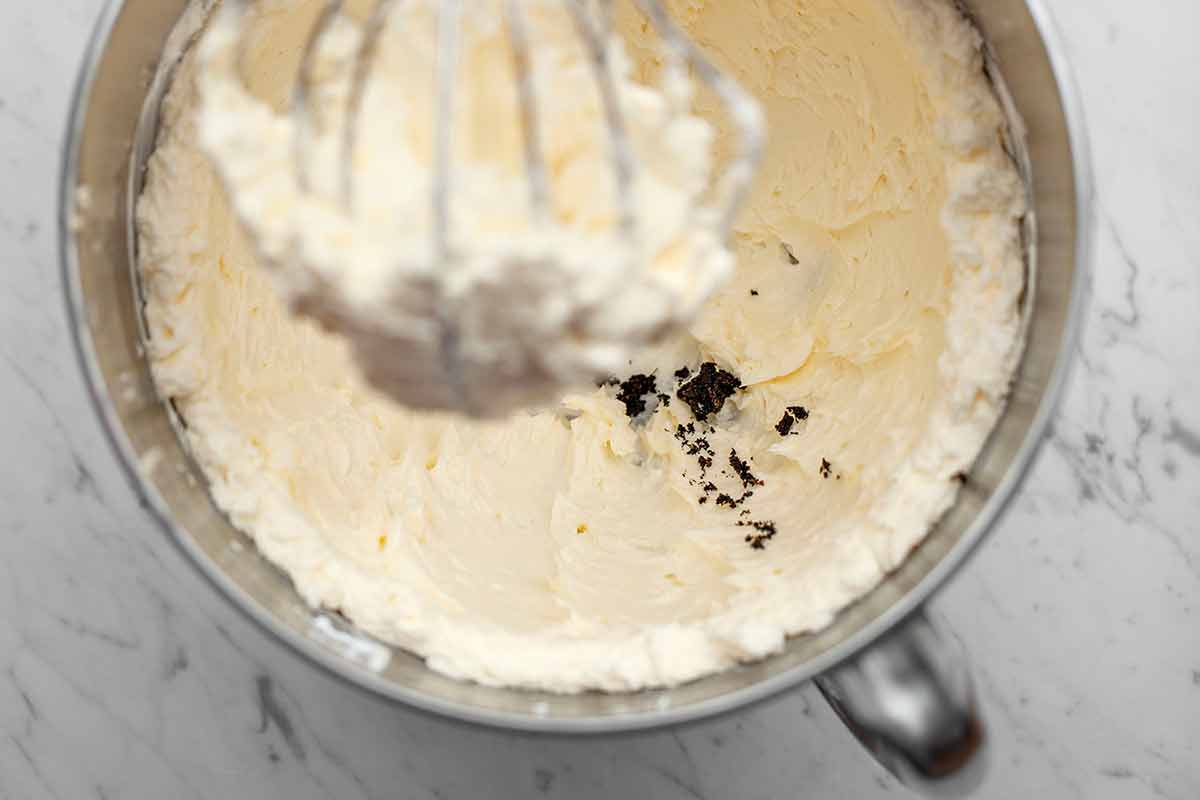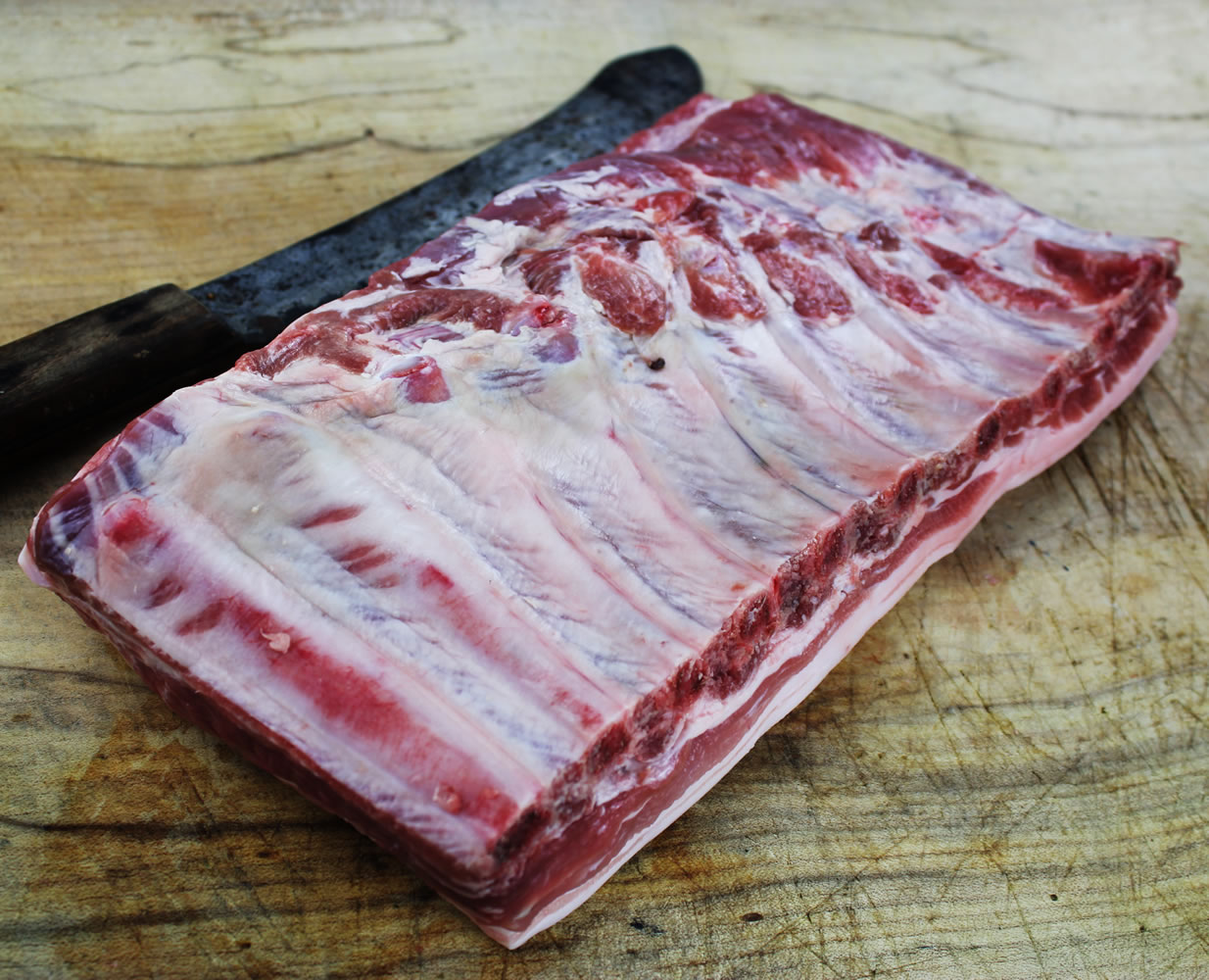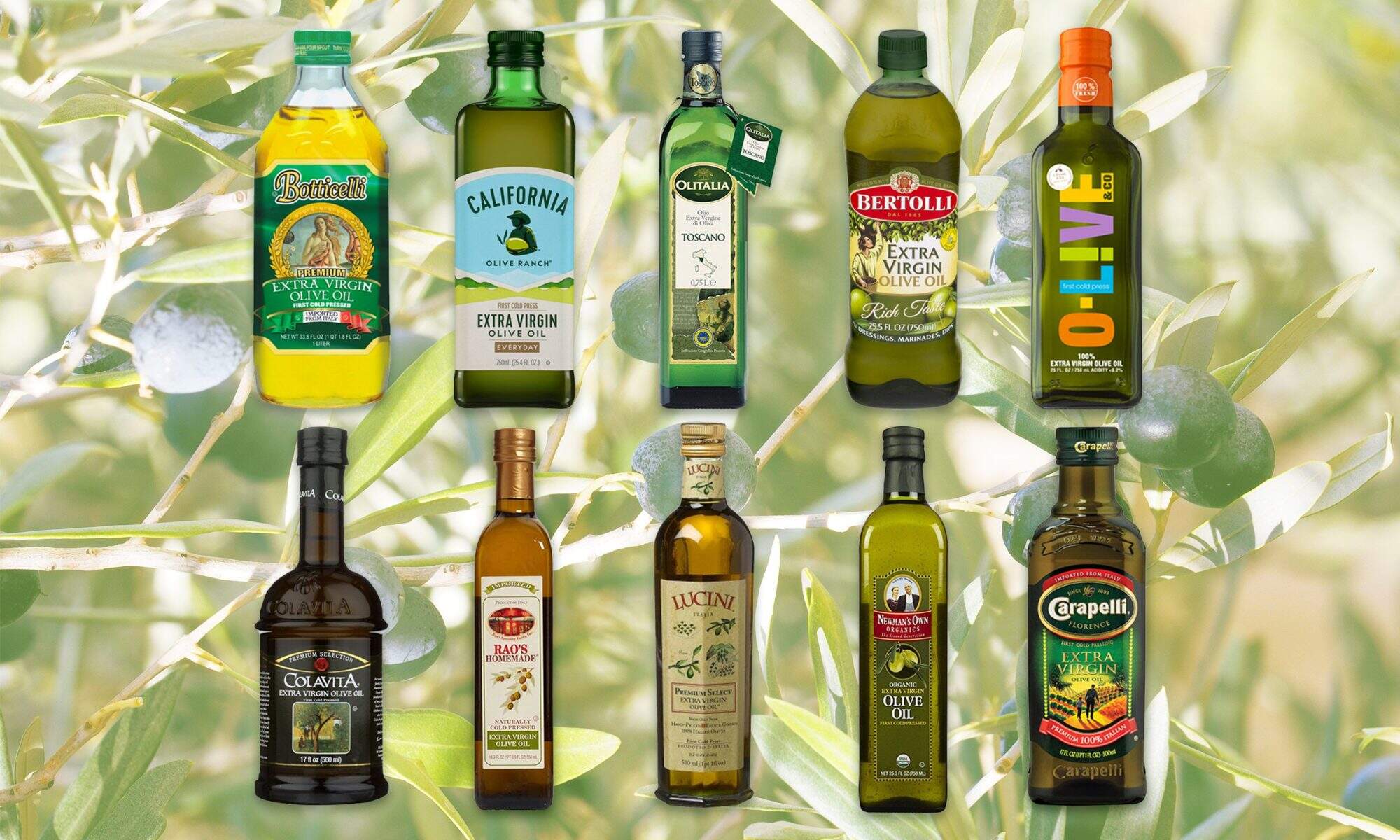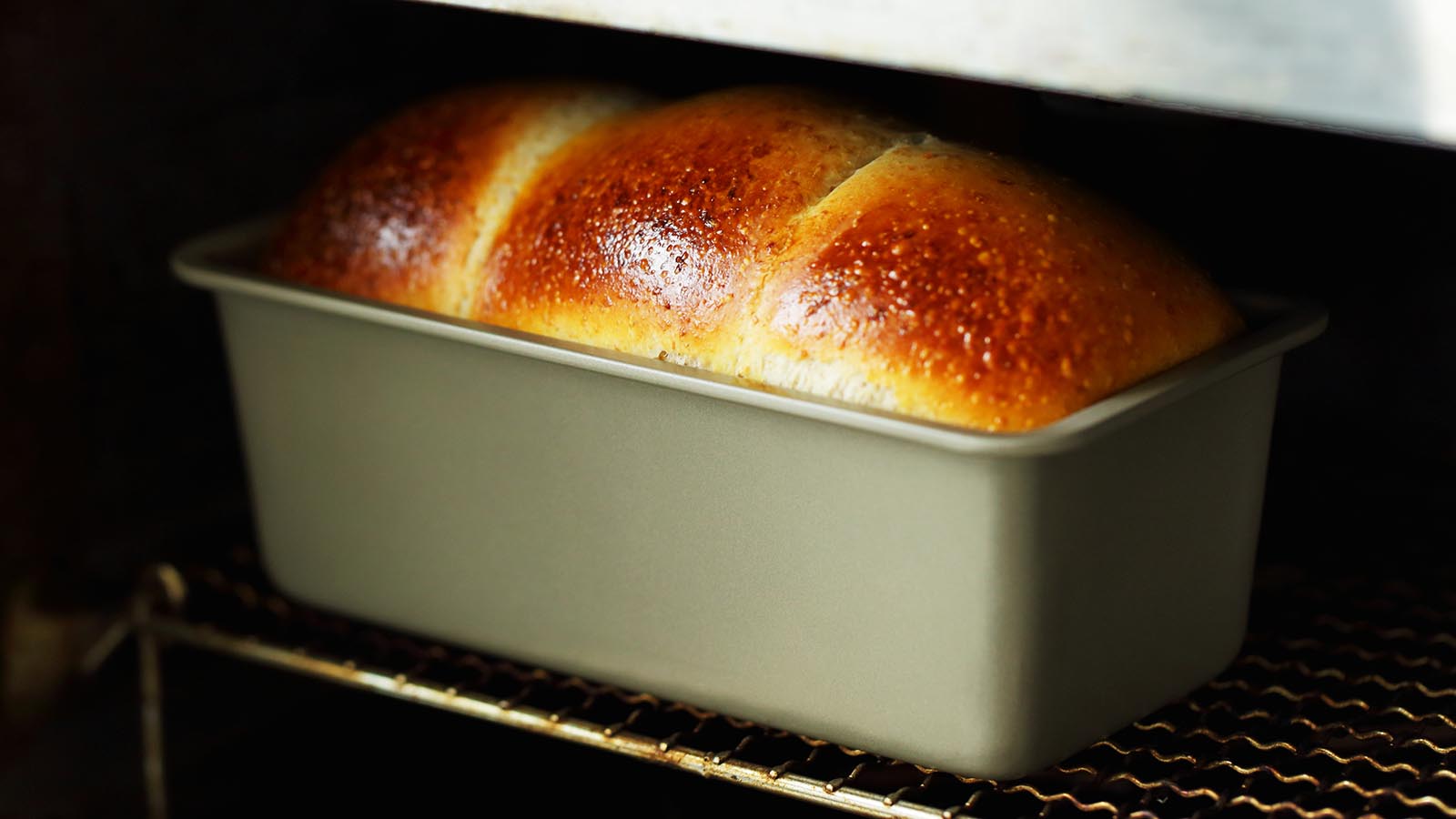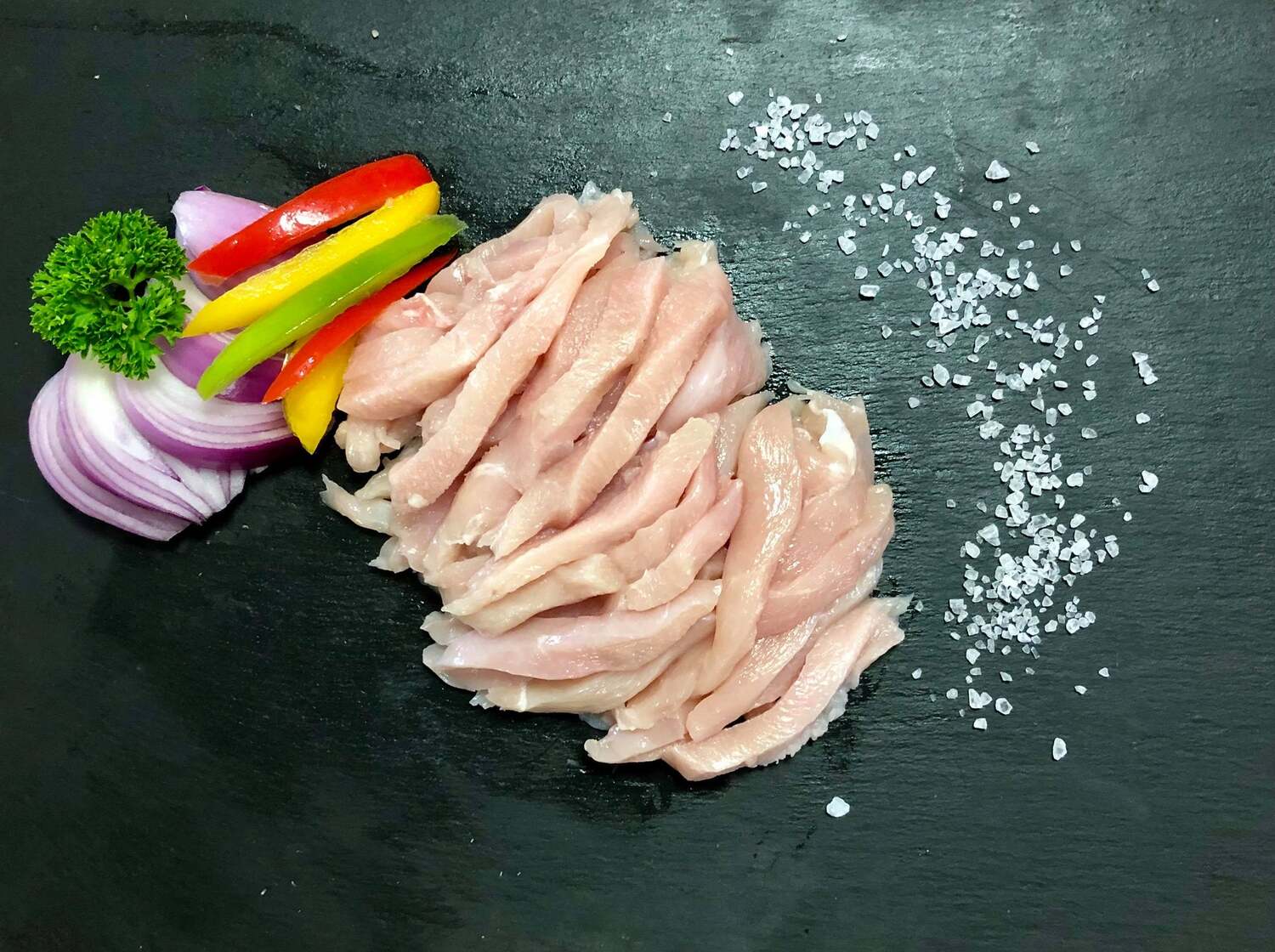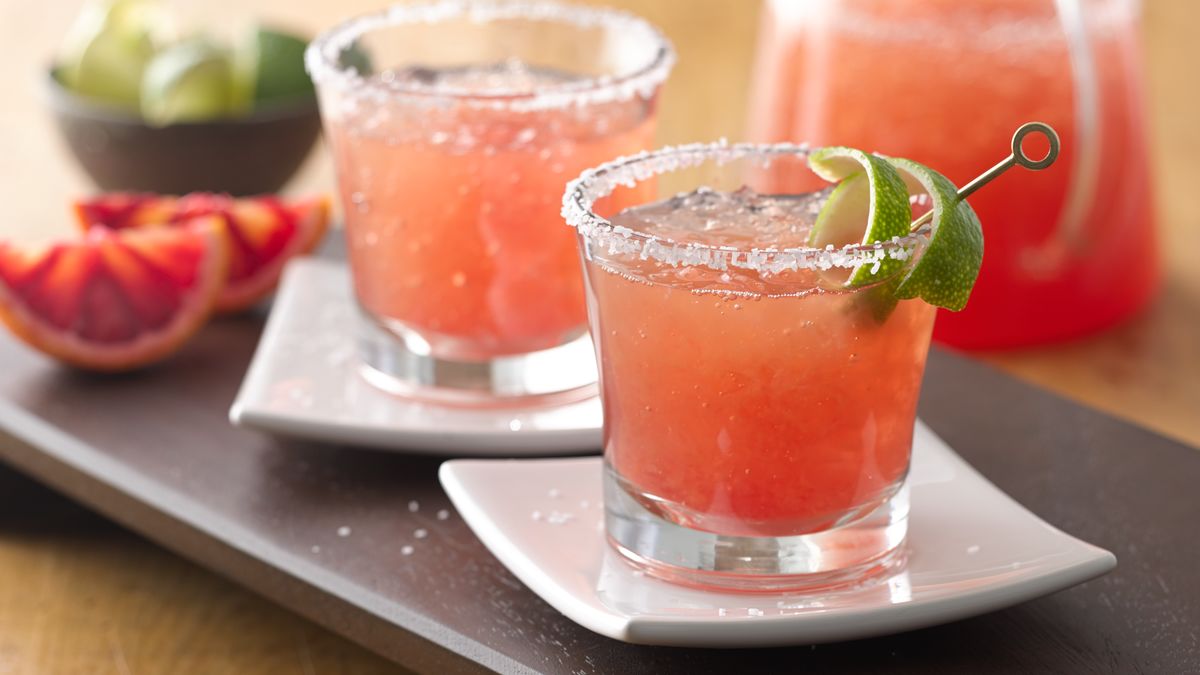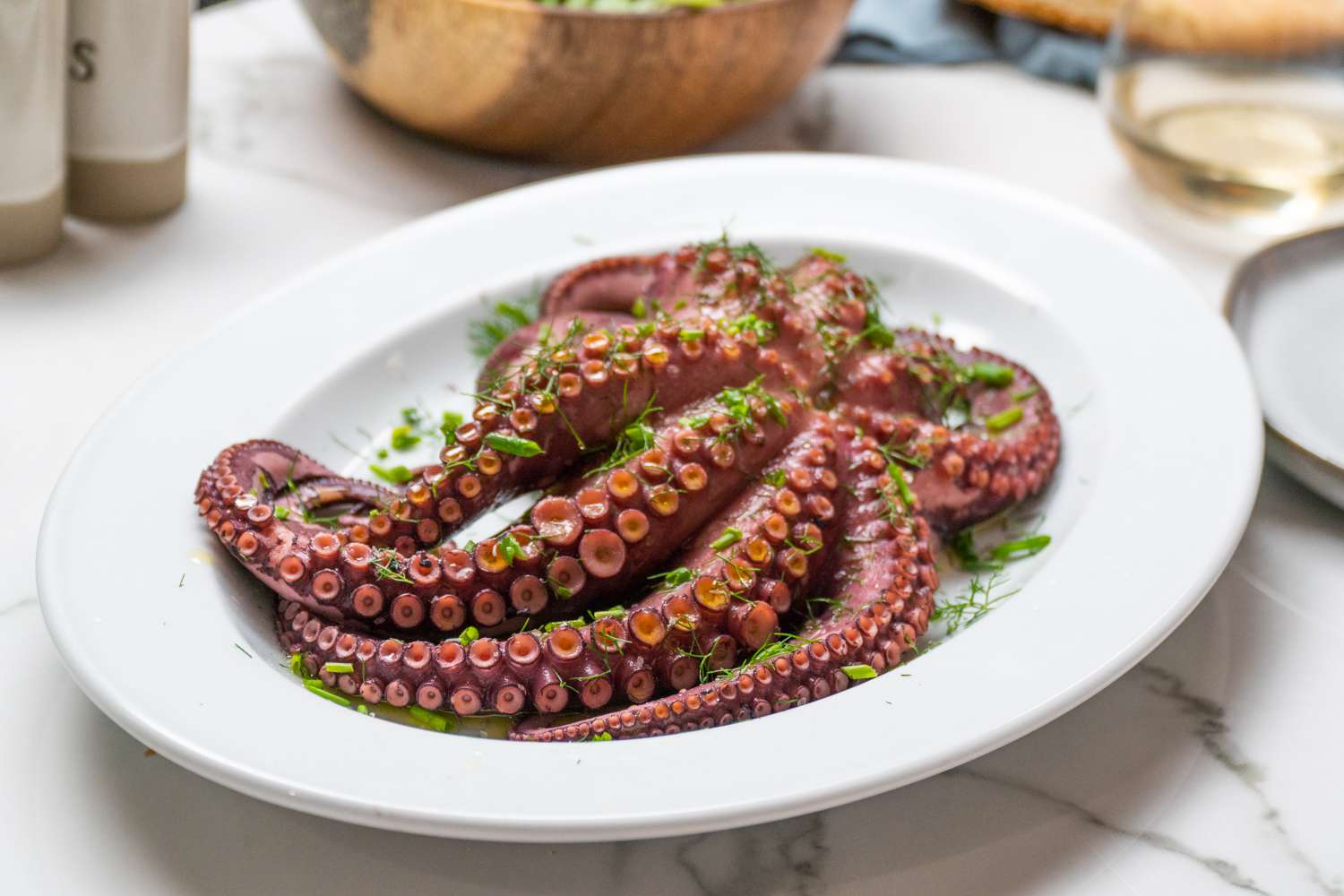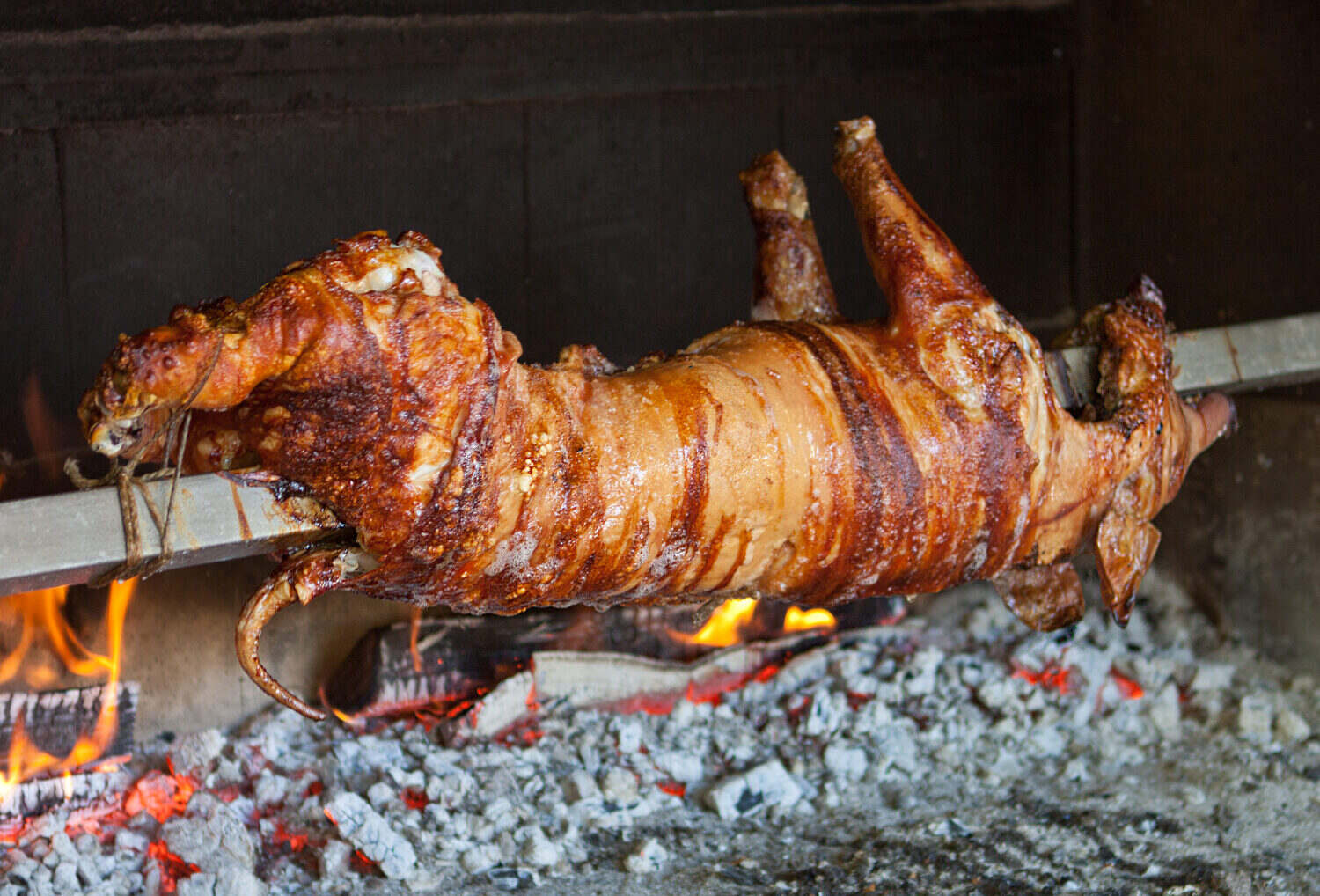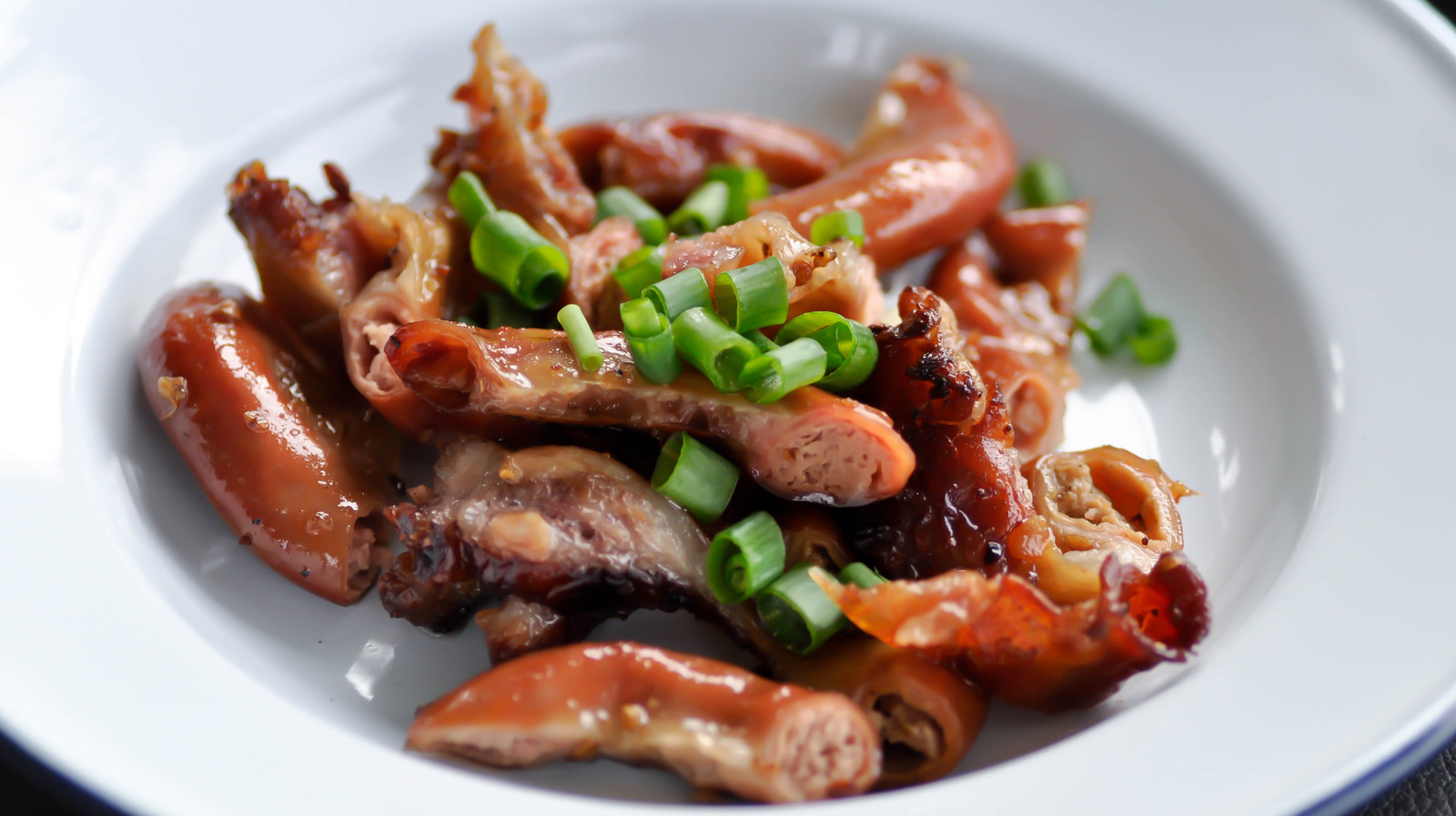The Real Rules of Making Boozy Ice Cream
Ice cream is an indulgence that brings joy to many, but what if we told you that you could take it up a notch? That’s right, we’re talking about boozy ice cream! Combining the best of both worlds, boozy ice cream allows you to enjoy a delicious frozen treat with a delightful kick. However, there are some important rules to keep in mind if you want to achieve ice cream nirvana. So, let’s dive in and discover the real rules of making boozy ice cream!
1. Choose the Right Alcohol
When it comes to making boozy ice cream, the choice of alcohol is crucial. Opt for spirits that have a strong flavor and can complement the other ingredients. Popular choices include whiskey, rum, vodka, and even liqueurs like amaretto or Baileys. Remember, the alcohol content will affect the freezing point of the ice cream, so be mindful of the quantity you add.
2. Pair Flavors Thoughtfully
While alcohol adds a unique twist to ice cream, it’s essential to pair flavors thoughtfully. Consider how the flavors of the alcohol and the ice cream base will complement each other. For instance, a rich chocolate ice cream can be enhanced with a dark rum, while a tangy fruit sorbet might pair well with a citrus-infused vodka.
3. Control the Alcohol Content
It’s essential to strike a balance between the taste of the alcohol and the frozen treat itself. Too much alcohol can prevent the ice cream from properly freezing, resulting in a slushy consistency. On the other hand, too little alcohol may not provide the desired boozy kick. Experiment with different ratios until you find the perfect balance that suits your taste.
4. Incorporate Alcohol at the Right Time
The timing of adding alcohol to your ice cream mixture is key. It’s best to incorporate it towards the end of the churning process, once the ice cream has already started to take shape. This ensures that the alcohol is evenly distributed throughout the mixture, enhancing flavor and preventing any excessive crystallization.
5. Freeze and Store Properly
Just like regular ice cream, boozy ice cream needs proper freezing and storage to maintain its texture and taste. Ensure that your freezer temperature is set to the ideal range for ice cream, typically around -18°C (0°F). Store your boozy ice cream in an airtight container to prevent any unwanted flavors or odors from seeping in.
6. Serve Responsibly
Remember, boozy ice cream contains alcohol, so it’s important to serve it responsibly. Enjoy it in moderation and be mindful of serving it to those who are of legal drinking age. Consider labeling your boozy creations to inform your guests about the alcoholic content.
Now that you know the real rules of making boozy ice cream, it’s time to unleash your creativity and experiment with different flavors and combinations. Whether it’s an adult-only gathering or a delicious treat for yourself, boozy ice cream is sure to impress. So grab your favorite spirits, gather your ingredients, and get ready to savor this delightful frozen indulgence!
